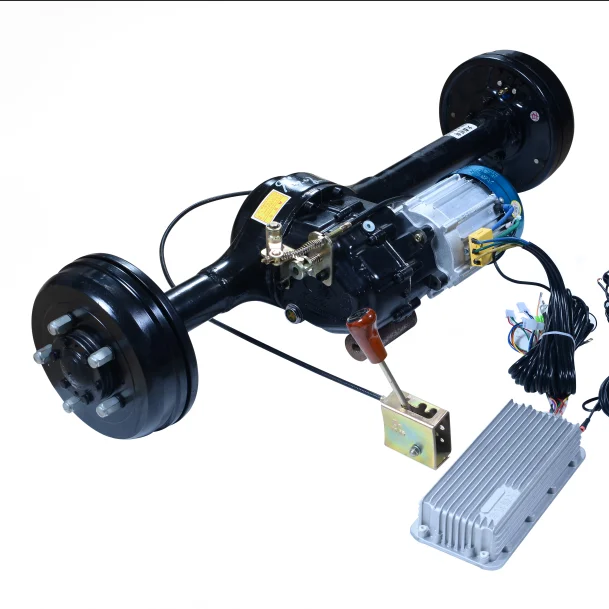Rumored Buzz on Brushless Motors - MISUMI

7 Simple Techniques For Heavy duty brushless DC motors- Maxon Precision Motors

A common brushless motor has permanent magnets that turn around a repaired armature, eliminating problems connected with linking existing to the moving armature. An electronic controller replaces the commutator assembly of the brushed DC motor, which continually switches the phase to the windings to keep the motor turning. The controller carries out comparable timed power circulation by using a solid-state circuit instead of the commutator system.

24V Brushless Motor - Groschopp
With no windings on the rotor, they are not subjected to centrifugal forces, and because the windings are supported by the housing, they can be cooled by conduction, requiring no air flow inside the motor for cooling. This in turn suggests that the motor's internals can be entirely enclosed and safeguarded from dirt or other contaminant.
Commutation with electronics rather of brushes permits greater flexibility and capabilities not offered with brushed DC motors, consisting of speed limiting, microstepping operation for slow and great motion control, and a holding torque when stationary. Controller software can be customized to the particular motor being used in the application, resulting in higher commutation efficiency.
When transforming electricity into mechanical power, brushless motors are more efficient than brushed motors mostly due to the absence of brushes, which lowers power loss due to friction. The boosted efficiency is biggest in the no-load and low-load areas of the motor's efficiency curve. Environments and requirements in which producers utilize brushless-type DC motors consist of maintenance-free operation, high speeds, and operation where triggering is dangerous (i.
The Best Guide To Brushless PMAC Motors - EV PARTS - Electric Motorsport
explosive environments) or could affect electronically sensitive equipment. The building of a brushless motor resembles a stepper motor, but the motors have crucial distinctions due to distinctions in application and operation. While stepper motors are frequently stopped with the rotor in a specified angular position, a brushless motor is normally planned to produce constant rotation.

DC brushless motors
Both a stepper motor and a well-designed brushless motor can hold finite torque at zero RPM. View Details [edit] Because the controller carries out the standard brushes' performance it requires to understand the rotor's orientation relative to the stator coils. This is automated in a brushed motor due to the fixed geometry of the rotor shaft and brushes.
